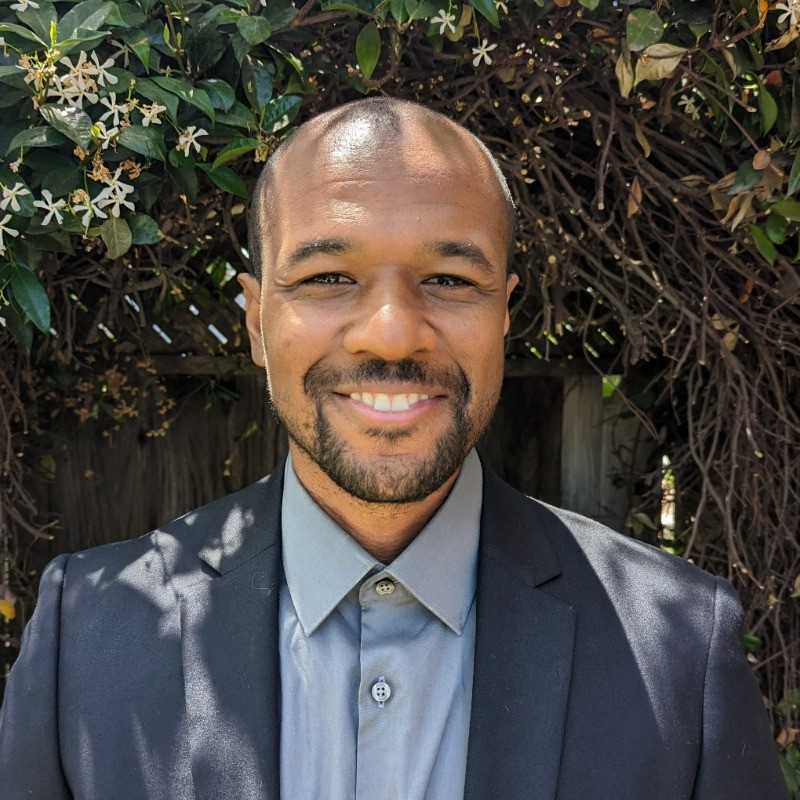
AI's Environmental Storage Problem: Pioneering Architectures that Achieve a 90% Carbon Footprint Reduction

Salon IV
Tue Sep 19 | 2:00pm
Abstract
As the demand for cloud storage continues to grow, current centralized infrastructures are causing a detrimental impact on the environment. The cloud's carbon footprint has already surpassed that of the airline industry, but the recent surge in demand for AI is exacerbating the problem. Innovative storage solutions that reduce emissions without sacrificing performance and availability are needed now more than ever. In this session, we will delve into the technical aspects of how Storj is addressing this critical issue through an advanced distributed storage model. This approach eliminates the need for constructing additional, emission-intensive data centers by leveraging under-utilized disk drives from its network of 23,000+ active nodes worldwide. The result is a highly secure, high-performance cloud storage solution that meets the storage requirements for big data and AI, with a significantly reduced environmental impact. As a senior software engineer at Storj, I will share my technical expertise in developing and implementing distributed cloud object storage that outperforms AWS S3 in both price and speed while maintaining global performance, privacy, and sustainability. A key element of Storj's green enterprise-grade cloud solution is its robust security measures for distributed models. By employing end-to-end encryption, file splitting, and distribution across a vast global network of nodes, Storj ensures resilience against ransomware attacks and enables users to access their files from the closest node to their location. This approach significantly improves file uploading, downloading, and streaming across organizations at scale. Attendees of the Storage Developer Conference 2023 will gain valuable insights into the power of distributed storage, its zero-trust capabilities, and the potential for harnessing under-utilized disk drives from existing data centers. This innovative approach can prevent the cloud's carbon footprint from further expanding, as current energy consumption levels are equivalent to powering 50,000 homes per data center. To meet growing customer demands without exacerbating the cloud's already alarming carbon footprint, the future of cloud storage must embrace a distributed model. Join us in exploring this pioneering architecture that has the potential to achieve a 90% reduction in carbon emissions while ensuring performance, security, and sustainability from a technical perspective.
Learning Objectives
- Cutting back on carbon emissions by using underutilized disk-drives
- The benefits of streaming and sharing content across thousands of nodes globally
- Enhancing security and creating cloud resiliency to ransomware attacks
- Overall cost, sustainability, and performance benefits of a distributed model



